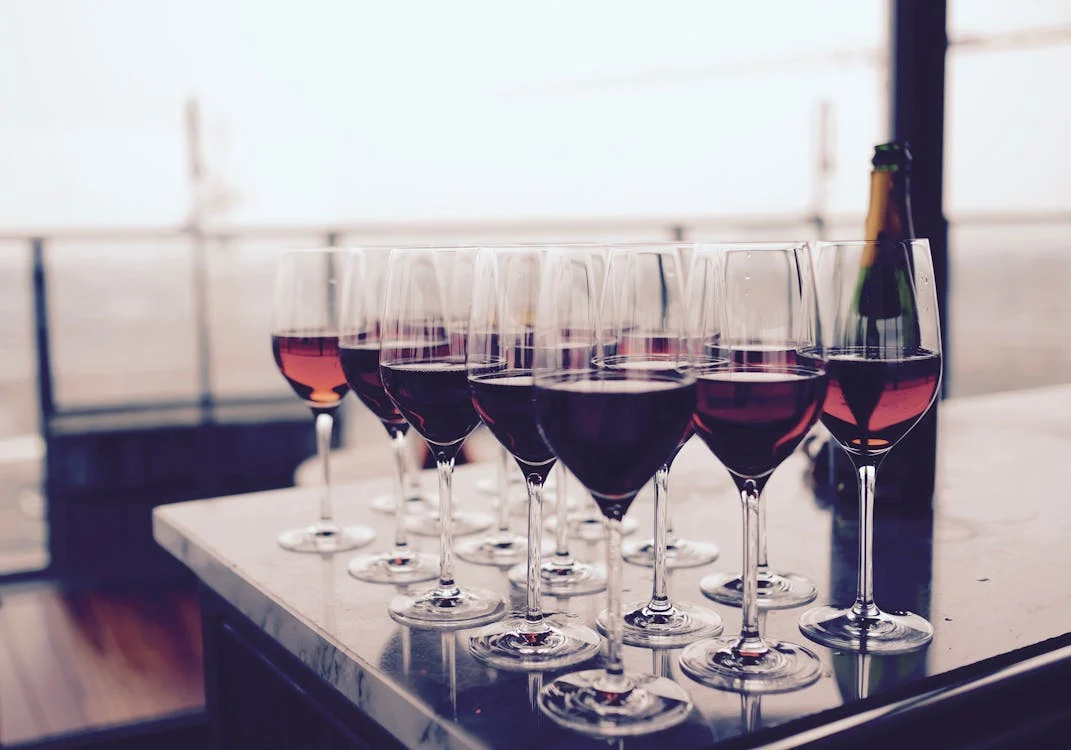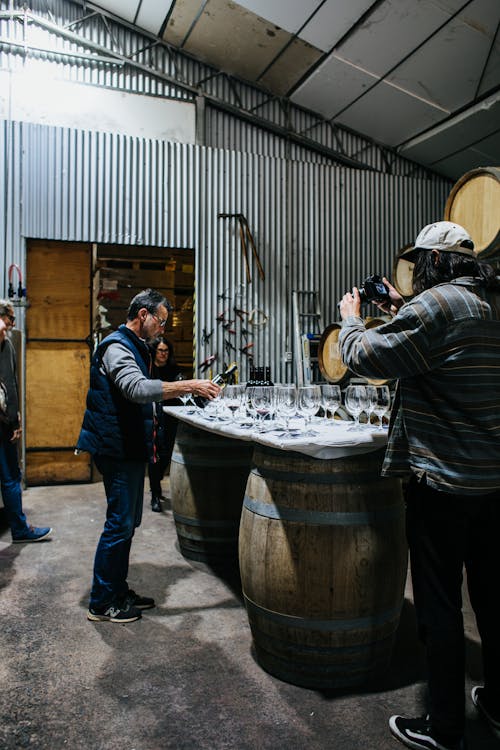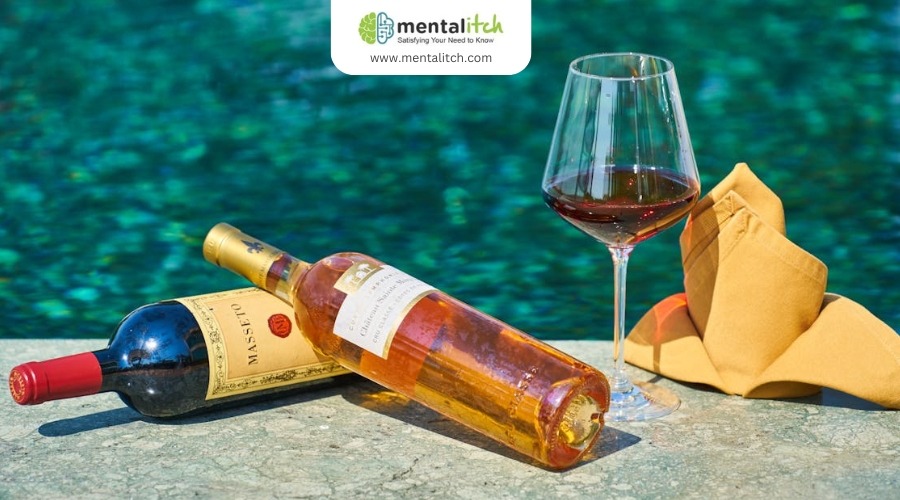In the world of wine, the terms ‘vintage’ and ‘non-vintage’ hold significant meaning, differentiating wines not just by age, but by the very essence of their creation. Vintage wines are made exclusively from grapes harvested in a particular year, showcasing the unique characteristics influenced by that year’s climate, weather conditions, and terroir. These variables can dramatically affect the taste, aroma, and quality of the wine, thereby making each vintage distinct.
Non-vintage wines, on the other hand, are a blend of wines from multiple years. This practice allows winemakers to achieve a consistent flavor profile, balancing out the variations caused by different harvest conditions. By combining wines from various years, winemakers can mitigate the impact of a bad growing season or enhance the complexity of the wine.
The choice between vintage and non-vintage wines often comes down to personal preference and the occasion. While some may treasure the unique expression of time and place found in a vintage wine, others may appreciate the reliable quality and taste of a non-vintage blend. Thus, when selecting a wine, understanding this fundamental distinction is key to finding a bottle that aligns with one’s expectations and the sought-after experience.
Understanding Vintage Wines
 Vintage wines are often cherished for their quality and uniqueness, with their character reflecting the conditions of a singular harvest year.
Vintage wines are often cherished for their quality and uniqueness, with their character reflecting the conditions of a singular harvest year.
Defining Vintage Wine
A vintage wine is one that is made from grapes harvested in a specific year. The label of a vintage wine will display the vintage year, indicating the harvest from which the grapes were sourced. A good vintage arises when the grapes achieve optimal ripeness, a condition that varies from year to year but can significantly enhance the wine’s quality.
Role of Weather Conditions
Weather conditions play a crucial role in defining the quality of a vintage wine. Factors such as temperature, rainfall, sunlight, and unexpected events like frosts can influence the grapes’ development. The symphony of these elements each year means no two vintages are ever quite the same, leading to the notion of vintage variation in wine characteristics.
Vintage Variation and Labeling
Wine enthusiasts and collectors pay close attention to vintage variation, as it heavily impacts the flavor profile and aging potential of a wine. Wines from a good vintage carry a reputation for greater complexity and nuance, which is reflected on the wine’s label. The year displayed on the label is pivotal for consumers in identifying the wine vintage and in predicting the quality and character of the wine within.
Non-Vintage Wines Explained
Non-vintage wines offer a consistent flavor profile that reflects the signature style of the wine producer, achieved through the blending of multiple harvests.
Characteristics of Non-Vintage Wine
Non-vintage (NV) wines are characterized by their blend of grapes from different years. This strategic blending aims to maintain a house style, a unique taste and quality consistent with the brand’s identity. Unlike vintage wines that reflect the conditions of a single harvest year, non-vintage wines aim for consistency. They usually do not display a year on their label. Instead, they may be marked with “N.V.” to denote their non-vintage status.
Blending Across Harvests
The process of blending is central to the production of non-vintage wines. Winemakers select wines from various harvests to create a balanced end product. This method allows them to mitigate the variations caused by different weather conditions and other environmental factors from year to year. It enables the winery to produce a wine that customers can trust to provide a stable, expected taste with every bottle, aligning with the desired house style. Non-vintage wines are thus ideal for consumers seeking a dependable wine experience.
Comparing Taste Profiles
The taste profile of wine varies significantly between vintage and non-vintage offerings, heavily influenced by the harvest’s conditions and the winemaking process.
Influence of Harvest on Flavor
Vintage wines encapsulate the unique characteristics of the weather, soil, and overall conditions of their specific harvest year. These factors contribute to the distinct flavors found in each bottle. A particular harvest can imbue the grapes—and consequently the wine—with a myriad of flavor notes ranging from floral to earthy.
Consistency in Non-Vintage Wines
Non-vintage wines aim for a consistent taste profile year after year. Winemakers achieve this by blending wines from different harvests, mitigating the variations that individual years might impart. These blends allow for a wine that reliably delivers a stable, expected range of flavors.
Complexity in Vintage Wines
Vintage wines often boast a complexity in flavors that reflects the singularity of their harvest year. As these wines age, they develop layered taste profiles, which can be attributed to both the initial grape quality and their aging potential. The appeal of vintage wines lies in this nuanced interplay of flavors which may include notes of fruit, oak, spice, or minerality developing over time.
Aging and Collectibility
The aging potential and collectibility of wine are crucial aspects differentiating vintage and non-vintage wines. Collectors highly regard some vintages for their ability to develop complexity over time.
Aging Potential of Vintage Wine
Vintage wines are typically associated with their aging potential. The production of vintage wine involves grapes harvested from a single year, which can reflect the unique qualities of that season’s weather patterns, terroir, and winemaking process. As these wines age, they may gain depth and complexity, often improving in flavor and value. Exceptional vintages, known for their superior quality, can become particularly sought-after as they age, turning into collectors’ treasures due to their enhanced characteristics and rarity.
Collectors’ Interest in Vintage and Non-Vintage
Wine collectors often show a strong preference for vintage wines when considering collectibility. These wines, especially from exceptional vintages, have the potential to transform over years into more complex beverages and can become quite valuable. Non-vintage wines, however, are commonly blended from multiple years to maintain a consistent flavor profile and are generally not designed for long-term aging. They are enjoyed for their consistency and are less often the subject of collecting for the purpose of investment or future sale. While non-vintage wines can be appreciated for their immediate qualities, their aging potential is usually not comparable to that of vintage wines.
Wine Regions and Variations
Each wine region imparts distinctive characteristics to its vintages through terroir and climatic conditions. Understanding these subtleties aids in appreciating the complexities of vintage and non-vintage wines.
Influence of Terroir on Vintage
Terroir refers to the unique combination of soil, climate, topography, and other natural factors that influence the quality and taste of wine from a region. For example, the terroir of Burgundy is known for producing exquisite Pinot Noir and Chardonnay, with vintage wines that capture the essence of the year’s climatic conditions. In Bordeaux, the balance of gravel, limestone, and sand soils contributes to the region’s legendary vintage wines, with each estate reflecting a precise expression of location.
- Champagne: The chalky soils and cool temperatures are ideal for creating the distinct, high-acid grapes that define the region’s prestigious vintage Champagne.
- California: Wine regions such as Napa Valley benefit from diverse microclimates, allowing for a range of vintage wines, from robust Cabernet Sauvignon to elegant Pinot Noir.
- Northern Italy: Regions like Barolo and Barbaresco produce vintage wines that are highly regarded for their ability to showcase variations in terroir from year to year.
Climate and Wine Quality
Climatic conditions play a pivotal role in shaping the quality of vintage wines. Consistency in climate, as found in some New World wine regions like Australia and New Zealand, often results in regular high-quality vintages. On the other hand, regions with more variable conditions, such as Chile, may produce vintages that differ significantly from year to year.
- Port: The Douro Valley’s sheltered location leads to less climatic variation, allowing for consistently rich and fortified vintage ports.
- Bordeaux: Oceanic climate influences lead to vintage variation, where certain years are hailed for their exceptional quality.
- Australia: Warmer regions such as Barossa Valley rely on consistent heat that ensures reliable ripening, beneficial for both single-year vintages and the creation of non-vintage blends.

